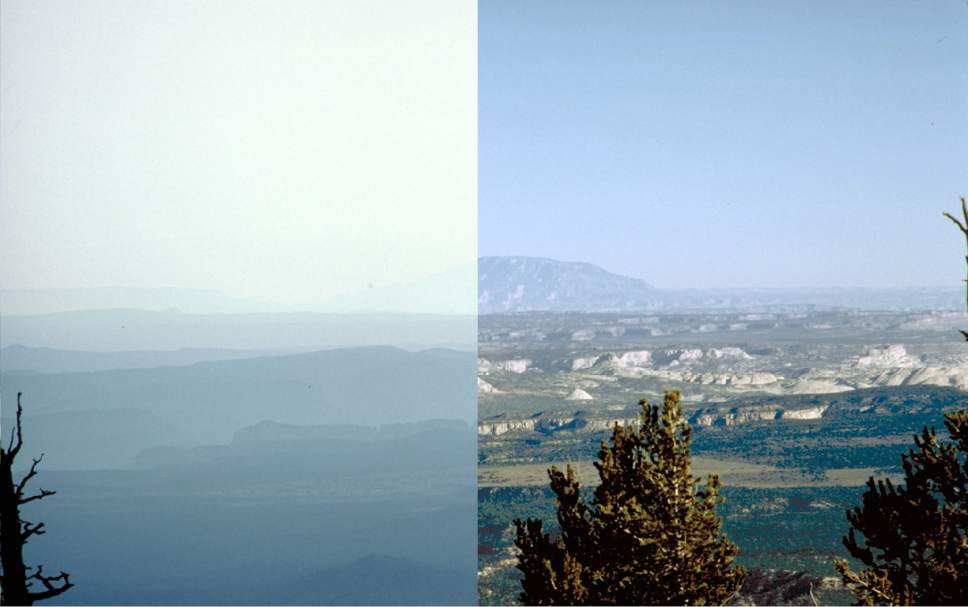Earlier this year, we celebrated when the Environmental Protection Agency (EPA) put forth a new set of proposals that would control the polluting haze in our National Parks caused by sources like nearby coal plants, oil and gas operations, and vehicles. Now we’re marking the end of the comment period with one last request that you submit your comment calling for strong regional haze standards.
So far, Sierra Club members, supporters, and allies have submitted nearly 90,000 comments asking the EPA to require that states enact clear, robust, and uniform haze control plans nationwide.
This year, the U.S. national park system turns 100, and it’s essential that we protect these national treasures from the dangerous air pollution that results from weak clean air protections. Air pollution still threatens many of our national parks, the vitality of local economies that depend on them, and the health of visiting families and nearby communities.
This is why we’re asking the EPA for the strongest regional haze standard possible. Strong regional haze safeguards will improve public health for park visitors as well as the communities surrounding major sources of pollution. This means fewer asthma attacks, respiratory diseases, heart attacks, and deaths associated with haze pollution.
The current Regional Haze Rule is working to drive reductions in air pollution emissions, but existing loopholes allow greedy polluters to avoid timely cleanup of the country’s most iconic wild places just so they can continue to pad their pockets. We can't allow states to delay for years implementation of the next set of hazing reducing requirements.
You can help - take action and submit your comment before 11:59pm ET Wednesday, August 10, urging the Obama administration to finalize the strongest possible haze pollution protections and give states the clarity and stronger tools they need to act.
Help ensure not only that your next trip to a national park will include clear skies, but that our children and generations to come will have the ability to enjoy the natural beauty our national parks were intended to preserve.
